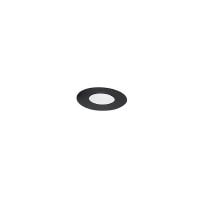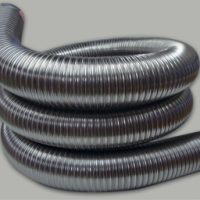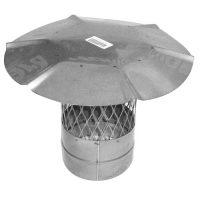Wet Wood Is Water. Wet firewood boils when it burns. With wet wood, it can be harder to get a fire going and more difficult to keep it burning. Wet firewood also produces a less than cozy fire with little heat. Knowing these things, it just makes sense to burn dry firewood.
All Wood Needs Seasoning. No matter where you get your wood – on your property, on public lands, or from an independent firewood seller or retailer – it needs to be seasoned. Don’t trust that it has already been dried. Test it.
Dry Firewood is the Right Fuel. When you mix the right fuel with the right actions, the potential for a hotter fire increases. This applies whether you are using a wood stove or a fireplace.
Wood Stove or Fireplace Insert Tips
- Remove extra ashes before you start the fire, but leave an inch of ash.
- Start with a small fire with dry kindling or firestarters and a few pieces of firewood.
- Start fire with the damper or air control completely open.
- Burn the fire for a while to get the chimney or flue hot before adding more firewood.
- Adjust the damper or air flow control as the fire burns.
- Keep space between the firewood as you add more wood to the fire.
- Do not let the fire smolder.
- Keep the doors closed unless you are adding more wood.
Fireplace Tips
- Remove extra ashes before you start the fire, but leave an inch of ash.
- Start with a small fire with dry kindling and a few pieces of firewood.
- Make sure the damper is completely open.
- Keep space between the logs as you add more wood to the fire.
- Do not let the pieces of firewood smolder.
Fireplaces are Not Heaters. If you are using a fireplace to try to generate heat, you are more likely to be wasting your time and money. That’s because an open fireplace draws heat from your home up through the chimney. A fire from a fireplace feels cozy because it warms the area right in front of the fireplace. However, a fireplace—without a fireplace insert installed—is better for ambiance or comfort in a home versus heat. To save your firewood and resources for your wood stove, use a manufactured firelog in your fireplace. If you do use firewood, make sure it is well seasoned.
Burn Untreated Wood and No Garbage. It is illegal to burn anything except untreated wood and manufactured firelogs. It is important that you do not burn household garbage, plastics, chemically treated paper or garbage.
Burn Safely. Always remove and dispose of ashes carefully. Other good safety tips include having your wood stove serviced, or at a minimum, replace your stove door gasket and have your chimney cleaned annually. It is also wise to use stove or fireplace accessories when building a fire.
http://burndryfirewood.com/#why




